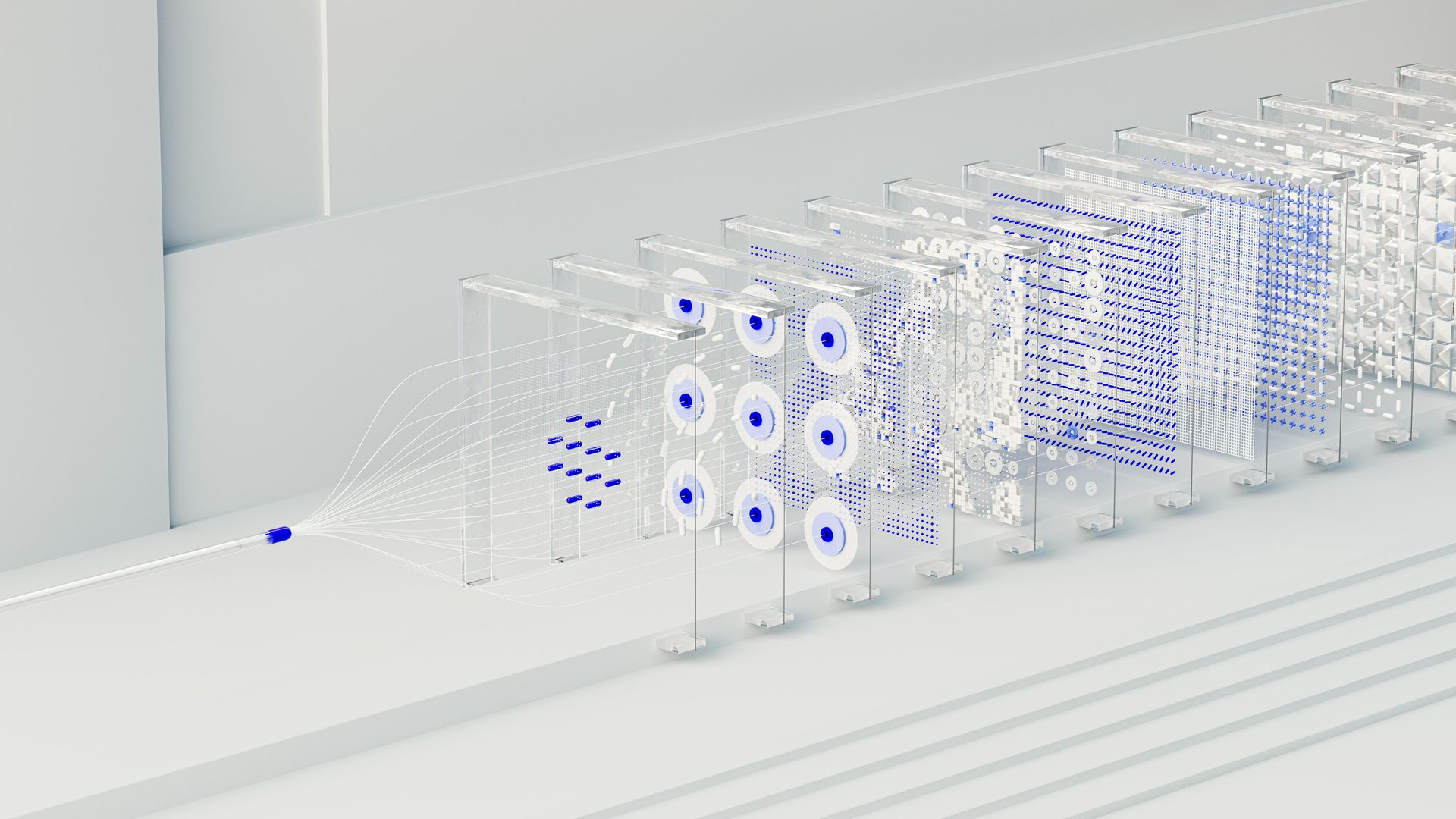In a pioneering study published in the MDPI Technologies journal, a team led by Siddhant Jain from the University of Toronto unveils significant insights into the potential of quantum computing in enhancing image synthesis. Their research paper, “Comparing Classical and Quantum Generative Learning Models for High-Fidelity Image Synthesis,” embarks on a critical evaluation of Quantum Boltzmann Machines (QBMs) versus traditional generative models, such as Restricted Boltzmann Machines, Variational Autoencoders, Generative Adversarial Networks, and Denoising Diffusion Probabilistic Models.
For the first time, Siddhant Jain and his team demonstrate a remarkable capability in generating high-fidelity images using the D-Wave 2000Q quantum annealer, without relying on conventional Probabilistic Denoising Diffusion Models. This achievement not only sets a new benchmark in image synthesis but also highlights the superior capabilities of quantum machine learning over traditional methods.

Building on their groundbreaking work from 2020, where Jain and the Netramark team successfully mapped gene expression data onto a quantum computer, this study further cements Jain’s reputation as a pioneer in the field of quantum machine learning. At just nineteen years of age, Jain’s earlier work had already opened new avenues for the application of quantum computing in bioinformatics, dealing with large and complex datasets.
The study meticulously details the technical prowess and innovative approach adopted by Jain’s team in leveraging quantum computing for image synthesis. By comparing the efficiency and output quality of Quantum Boltzmann Machines with those of conventional generative models, the research sheds light on the quantum method’s unique advantages, such as its ability to generate complex and diverse images with higher fidelity than ever before. This comparison not only underscores the quantum computing field’s rapid advancements but also sets the stage for a new era of computational creativity, where quantum-powered tools could revolutionize the way we approach creative and design processes.
The current research addresses the Trilemma of Generative Learning, which outlines the challenges faced by deep generative modeling frameworks in achieving high-quality sampling, mode coverage and sample diversity, and efficient computation. By leveraging the D-Wave 2000Q quantum annealer and employing industry-standard evaluation metrics, Jain’s team showcases the quantum approach’s unique advantages and the current limitations of quantum computing, such as the need for more qubits and the challenges in training time and resources.
Despite these challenges, Jain remains optimistic about the future of quantum computing in image synthesis, foreseeing significant improvements as the technology evolves. This study not only marks a critical step forward in understanding quantum computing’s potential but also signals a shift towards quantum solutions in the highly competitive field of generative machine learning.
Siddhant Jain, a visionary in machine learning and cryptocurrency, is currently leading Jouncer, aiming to integrate his novel research findings into practical applications. Jain envisions that the advancements in quantum image generation will empower developers on the Jouncer platform to create more engaging and visually appealing software projects.
Having garnered international recognition, Jain and his team are set to present their findings at numerous conferences worldwide, contributing to the ongoing dialogue on the future of machine learning and quantum computing.
Beyond the technical achievements, the implications of this research extend far into the realms of practical application and theoretical exploration. By demonstrating the potential of quantum computing in a field as dynamic and visually oriented as image synthesis, Jain’s work opens up new possibilities for industries ranging from entertainment and media to medical imaging and beyond. The ability to generate high-quality images quickly and efficiently could transform content creation, offering unprecedented opportunities for innovation and creativity. Furthermore, this research contributes to the broader understanding of quantum computing’s role in solving complex computational problems, highlighting its potential to disrupt traditional methodologies and pave the way for future technological breakthroughs.
This research not only showcases the cutting-edge capabilities of quantum computing in generating high-quality images but also speaks to Siddhant Jain’s expertise and pioneering contributions to the field. As the landscape of generative machine learning evolves, Jain’s work offers a glimpse into the promising future of quantum-enhanced image synthesis.
Featured image credit: ThisIsEngineering/Pexels





